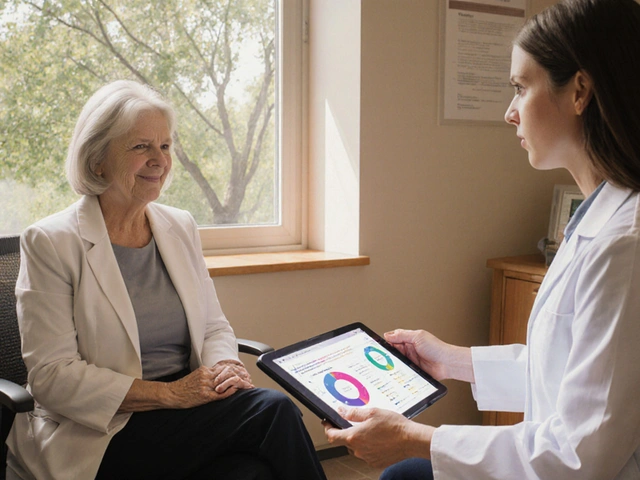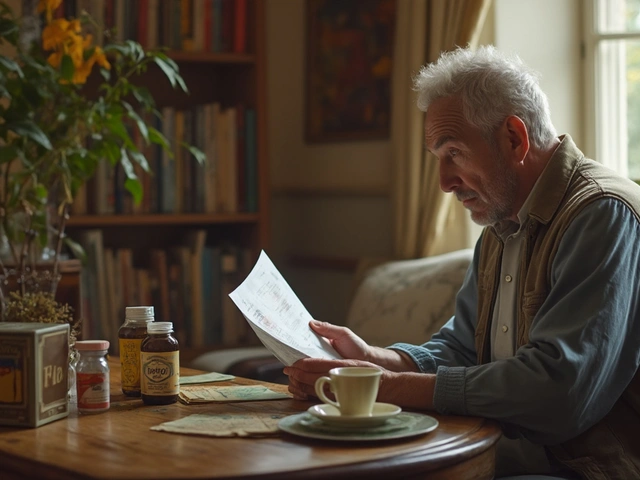Managing Your Meds and Health: Simple, Real Tips
Struggling to keep medicines and symptoms under control? You’re not alone. Managing medications and chronic conditions is a daily task for millions, but small habits cut confusion and risk. This page gives practical, no-fluff tips you can start using today to organize pills, avoid interactions, talk to your doctor, and shop safely online.
Start with a simple system.
Use a weekly pillbox, set phone alarms, or keep a short checklist on the fridge. Put new prescriptions in a single spot and write dose, time, and reason on a sticky note until the routine sticks. If you take multiple medicines, make a printed list that includes drug names, strengths, what each treats, and side effects to watch.
Prevent missed doses by setting refill reminders two weeks before running out. Compare prices at reliable pharmacies and use discount programs when available. We have guides on buying common drugs safely online, like Lamotrigine and Micardis, which explain legal tips and how to spot shady sellers.
Be blunt with your prescriber: list every pill, supplement, and herb you take. That cuts the risk of interactions. If a new side effect appears, don’t ignore it. Keep a symptom diary with date, time, and severity — that’s gold when your doctor asks.
Know red flags that need quick action:
Severe allergic reactions, trouble breathing, sudden chest pain, or signs of severe infection. For worrying but non-emergency symptoms, message your clinic or use a telehealth option. Our telemedicine alternatives article helps pick reliable services.
Break big goals into tiny habits. For blood pressure, take meds same time daily, check readings weekly, and bring records to appointments. For asthma or COPD, track inhaler use and refill before you run low. We review inhaler costs and practical savings so you can avoid lapses.
If you prefer fewer drugs, talk about safe alternatives. Some conditions respond to lifestyle changes, supplements, or different classes of meds. Read pieces on natural help for anxiety or ED alternatives to see evidence and safety notes.
If you care for an older person, set up one combined list and one person to manage refills. Use blister packs from the pharmacy if needed. Older adults often have different dose needs and more interaction risks, so keep communication tight.
Quick checklist: keep an updated med list, set refill alerts, track side effects, verify online pharmacies, and keep emergency contacts handy. Use our resources and articles linked across this site for deeper how-tos.
Use tech where it helps: a simple notes app or a dedicated medication tracker can warn you about missed doses and store refill info. Carry a brief medication card in your wallet with allergies and critical meds, and update it after any change. Before travel, pack a copy of your prescriptions and plan for time-zone dosing. Finally, if you spot a questionable online seller or a pill that looks different, stop and ask a pharmacist — small checks prevent big problems. Start with one change this week only.



